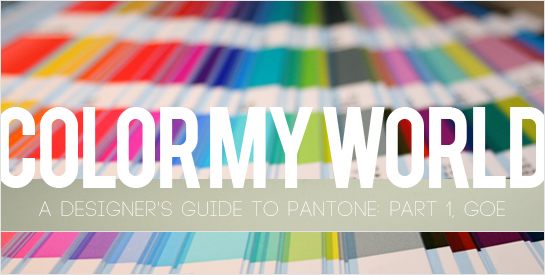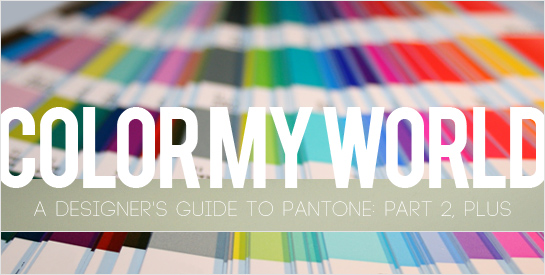
What is Pantone?
If you’ve ever held color-printed piece in your hands, there’s a good chance you’ve been touched by Pantone. The self-described “authority on color”, Pantone has become an integral part of graphic design and printing, greatly influencing the color of our world. Since 1963, Pantone has been the force behind the printing industry’s color standard, the Pantone Matching System (PMS). PMS is a standardized color reproduction system whereby different manufacturers and printers can accurately reproduce the same set of colors without direct contact with one another. This is significant for brands, because of the importance that consistent color reproduction has on brand identity and packaging. Color plays such a crucial role in brand association that some companies even commission their own colors. (Tiffany’s, well-known for its signature teal blue, actually has its own custom, trademarked Pantone color, PMS 1837.)
Read on…



A Gap In Understanding
By now you’ve heard from many corners of the Internet about Gap’s failed rebranding effort, their response, and eventual recanting. Large corporate rebrandings, their challenges, and failures are nothing new. But the particular way in which Gap presented, backpedaled and reversed leaves our heads spinning. The drama has played out in the blogosphere, on Facebook and in the media. Hopefully Gap has learned something and closed what seems to be a (pardon the pun) gap in the understanding of their own brand.
Read on…